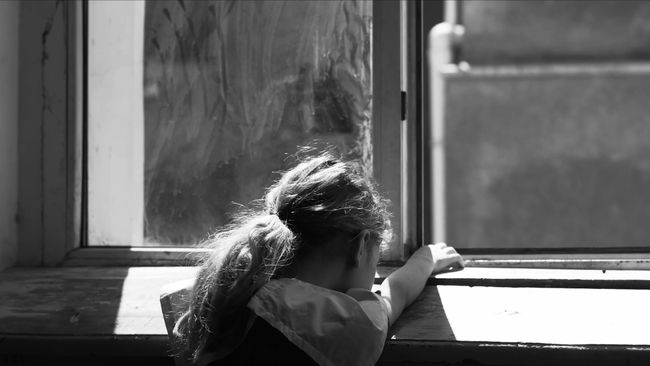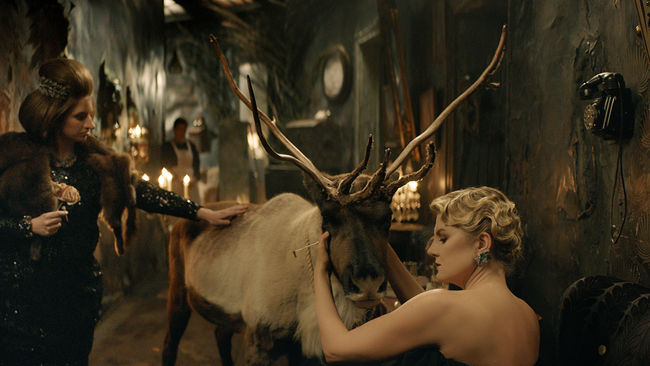Carro Rei − Holy Motors
27 January 2021
For each of the features in competition, IFFR asked a critic, writer, academic or programmer to write a short reflection in a personal capacity. The resulting series of ‘Appreciations’ aims to encourage viewers − and filmmakers − at a time when there is no physical festival. Pedro Butcher shines a light on Carro Rei.
Cinema is a machine, a child of the Second Industrial Revolution, and for that very reason it has trains, cars, and airplanes as physical and spiritual siblings. It is no coincidence that these means of transport have often been presented in films of every era as more important characters than humans are. In Latin American cinema, however, this relationship has never been that strong − and for a simple reason: here (I write from Brazil), modernity was incomplete and arrived late, and exists in an eternal gap behind Europe and the USA. It took time for cars to become popular, and they never really achieved the same role as they did in developed capitalist countries; likewise, local cinema has always existed on the fringes of a predominantly importing film industry.
Hence the many layers of interest around Carro Rei, by Renata Pinheiro. The film joins a long tradition of cameras filming cars, even if Brazil has fewer examples. There is a fine-tuning in the metallic shades, with visuals such as King Vidor’s An American Romance (1944) or John Carpenter’s Christine (1983). Regarding films where cars are characters, Carro Rei talks directly with Cronenberg's Crash (1996) and even more with the playful epilogue of Holy Motors, by Leos Carax, in which we can hear the cars speak.
The ‘rei’, or king, in this film is a taxi that represents life and death for the young Uno, our protagonist. It was inside this car that the boy was born (and how he got his name, Uno); and it was in this car that his mother died after an accident. Inside this car, Uno discovers his gift: the ability to listen to the machine’s voice. With the help of a passionate uncle who is a skilful mechanic, Uno retrieves the ruined taxi, abandoned after the accident, and turns it into a majestic creature. Together, they will lead a rebellion in which living cars promise to save the world.
Through the voice of this uncle (an always brilliant and intense Matheus Nachtergaele), Carro Rei allows itself to fly philosophically, discussing the relationship of man and technique, reverberating Marshall McLuhan and, perhaps, Martin Heidegger, one of the Western philosophers who thought about the issue most, for whom technology is not merely a tool but a way of understanding and apprehending the world.
Doing justice to her origins as an art director, Renata Pinheiro orchestrates a visual universe of strong identity and richness, together with art director Karen Araújo and photographer Fernando Lockett. In the script, she works with Sérgio Oliveira, her partner in so many other films, and the always-provocative Leo Pyrata. The story takes place in the city of Caruaru, in the interior of Pernambuco, famous for its fair and for the São João celebrations. It could very well stand for a certain kind of Brazilian modernisation.
Carro Rei can be read as a political commentary on the belated, underdeveloped modernity that deeply marks Brazil, but it seeks to do so with a youthful feeling, relying on the charisma of its protagonist, the teenager Uno, and its desire to fly far, philosophise, and to discover the world beyond its apparent surface.
Pedro Butcher is a Brazilian journalist and film critic. He has written for multiple Brazilian newspapers.
Appreciations
‘Appreciations’ aims to encourage viewers − and filmmakers − at a time when there is no physical festival. Discover more short reflections on the features in competition.



